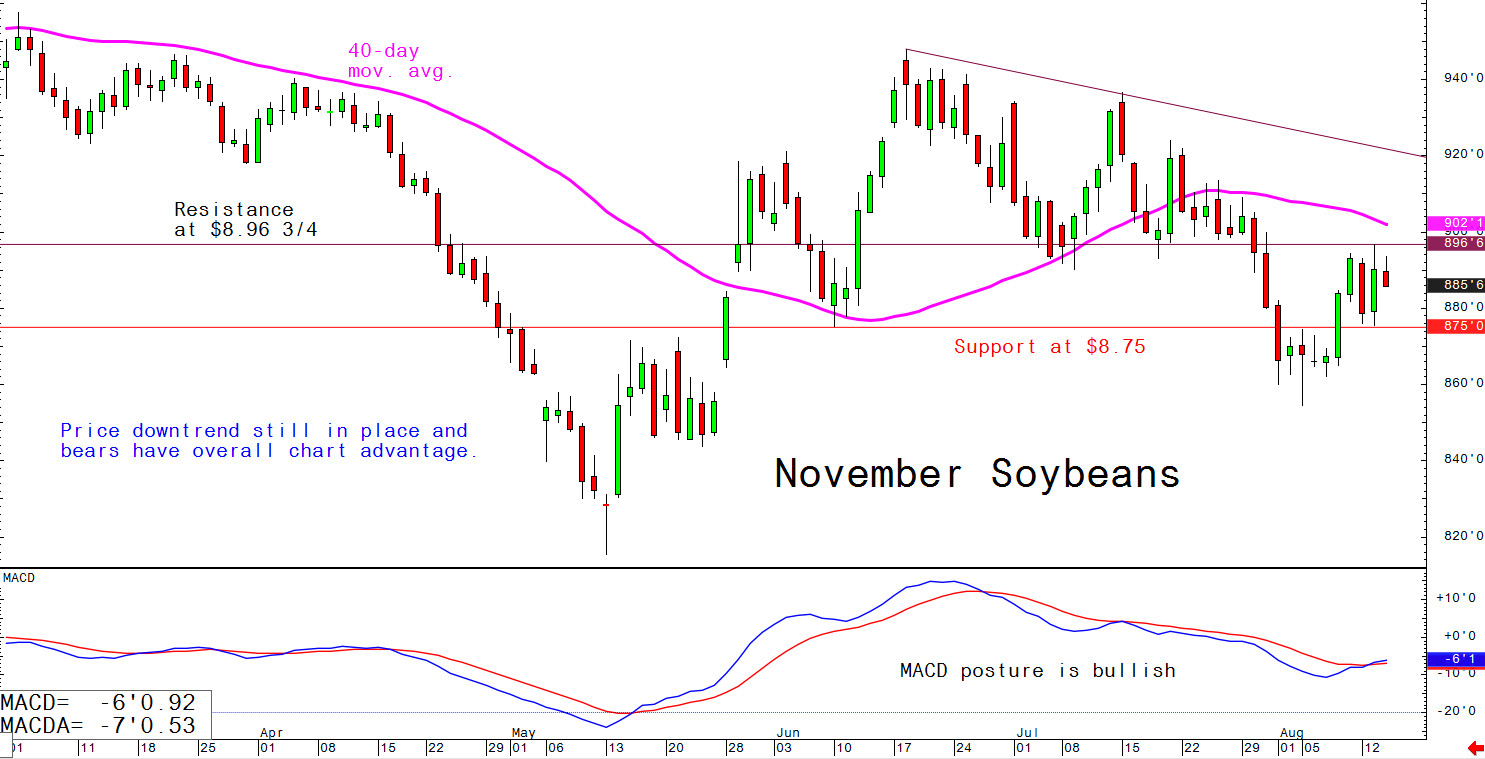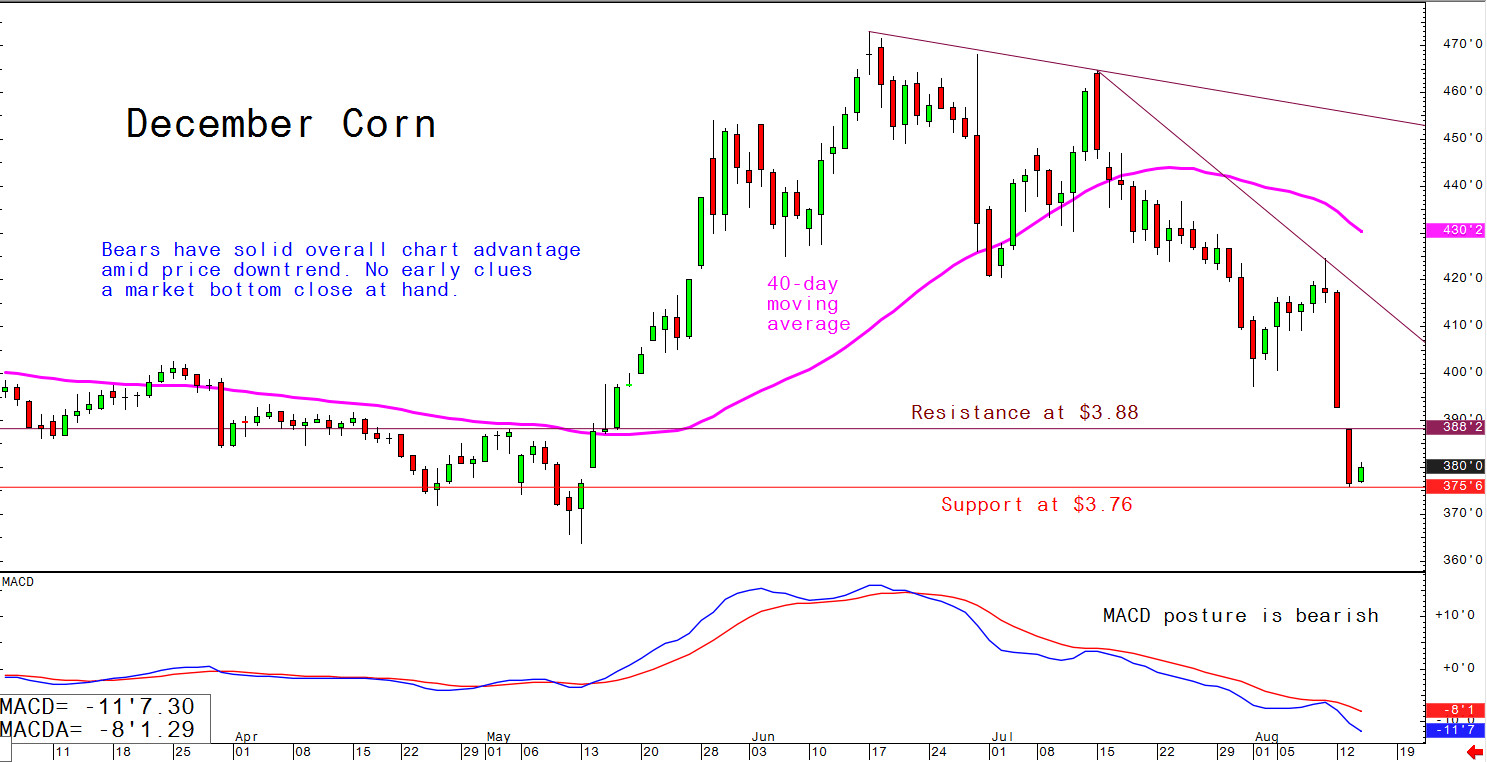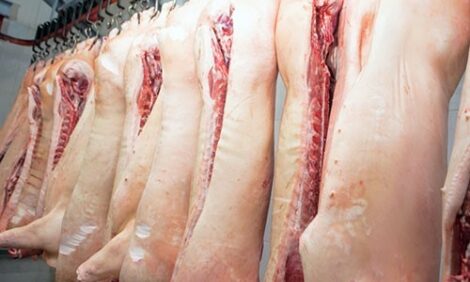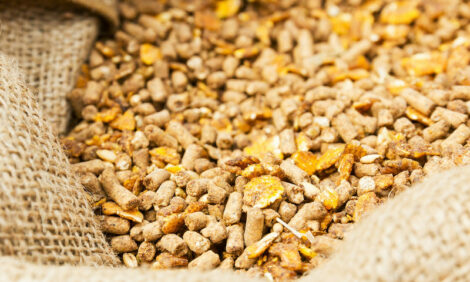



Daily US grain report: market bulls working to stabilise prices at mid-week
US grain futures prices were mixed but mostly firmer in overnight trading.Corn was up around 3 cents, soybeans down 1 to 2 cents and wheat up 5 to 7 cents. Short covering from this week's strong selling pressure is featured in corn and wheat futures at mid-week. US corn futures on Monday and Tuesday lost around 40 cents and hit three-month lows, while wheat futures lost around 30 cents and hit multi-month or contract lows. Corn and wheat traders may now have factored into futures prices the very bearish USDA report issued Monday. Monday's report was deemed a bit friendly for soybeans, but beans could not rally much because of the big losses suffered in corn and wheat.

© Jim Wyckoff
Grain markets showed little reaction to the US delaying some of its new trade tariffs on China until December. There have been so many "false starts" on the US-China trade fronts in recent months that grain traders need to see more than just upbeat rhetoric on the matter.
President Trump has reportedly asked Japanese Prime Minister Abe to buy US farm products worth a "huge amount," according to unnamed Japanese and US government sources. But again, grain traders want to see actual purchases and futures markets showed little reaction to the news.

© Jim Wyckoff
Corn Belt weather sees temperatures rising a bit later this week, but with scattered rainfall hitting the region. It's mid-August and the window is rapidly closing on any heat/dry stress developing for the soybean and corn crops. The next major weather threat would be an early frost in the Corn Belt that could reduce corn and soybean yields.









